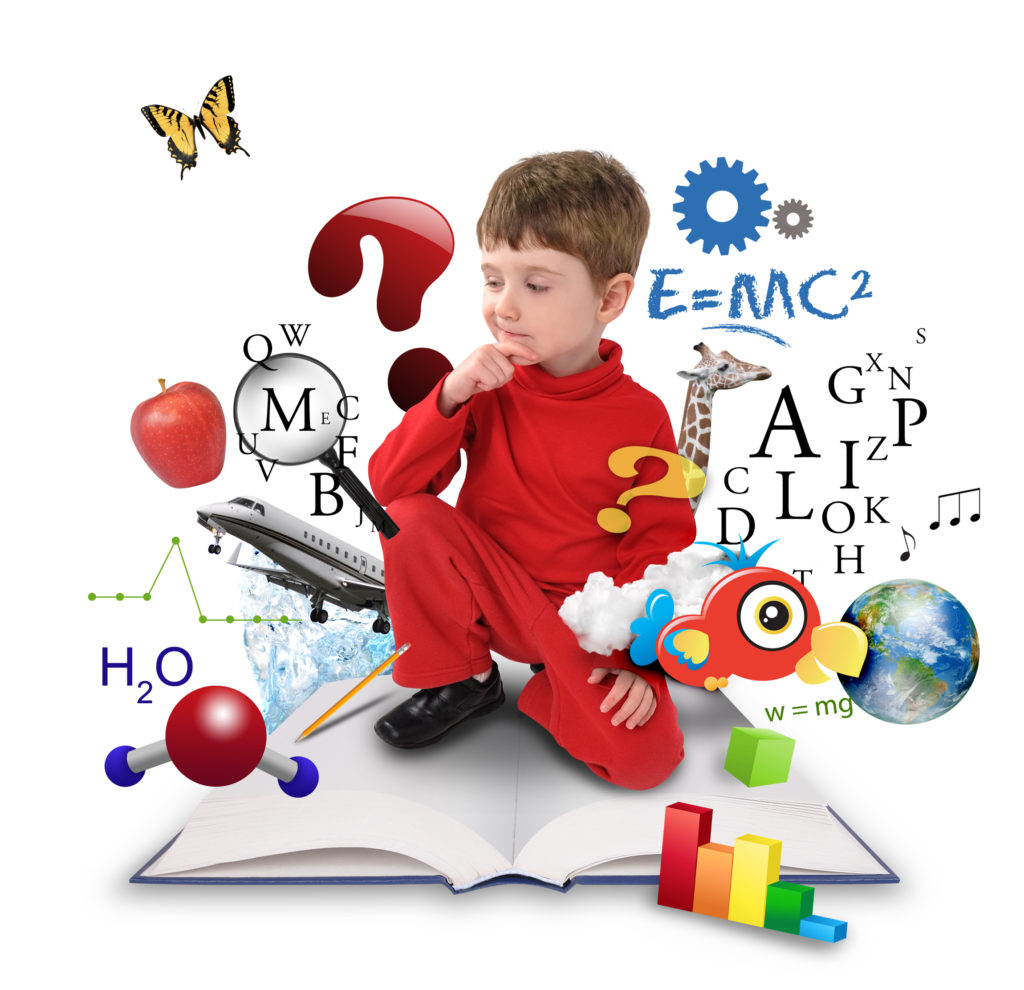Even with a considerable time, technology is still a classy button issue. Some educators and students love and make use of technology flawlessly every day, while others hate it and don’t see why they should be instructed to use it whatsoever.

Moreover, complicating any discussion of the role of technology in schools could be the perceived inequality gap between rich and poor school districts. Some schools have the symptoms of endless resources for new technology (think iPads and 3D printers), while other schools need to take what wealthier schools might disregard as old.
On one side, supporters of technology claim that technology inside the classroom encourages independent learning, teaches real-world life skills (e.g. crafting e-mail, online etiquette), inspires creativity, helping students experiment in disciplines for example science through the use of more using new tools.
Conversely, critics of technology inside the classroom claim that it results in distraction (particularly if students are checking Facebook rather than pay attention), fosters poor studying and research habits (e.g. just searching Google instead of really researching an interest using library resources), and may lead to problems like cyber bullying or perhaps the invasion of privacy.
What’s clear is the fact that there are certain trade-offs associated with technology. Educators ought not view technology as a panacea that may magically teach students the way to read once they have access to an iPad. And students ought not view tablets, phones, and 3D printers simply as toys in order to avoid the genuine work of studying.
That’s why the true secret figure in any discussion about technology inside the classroom (and out of the classroom) could be the teacher. If your America Visa for teachers wants to supplement an in-class lessons with internet resources, he or she must be also certain that a lot of students have equal use of those resources. Some students may live in a home with use of multiple computers and tablets, while others might live in a home where there isn’t use of fractional laser treatments.
The aim of technology should be to make learning quicker and much easier for many students. Understanding that can indicate challenging many assumptions about how exactly students learn best. For instance, one trend inside U.S. educational strategy is “flipping the classroom,” through which online learning plays an important role. Unlike the regular classroom, where lectures happen during the school days and homework gets done through the night, a “flipped classroom” signifies that students help teachers on homework during the school day and after that watch movie lectures through the night.
And there’s an additional component that needs to be taken into consideration, and that’s the capability for technology to prepare students for the realm of the near future. That’s why many U.S. educators are actually being attentive to information technology and coding – they’ve got even described coding/programming as a new fundamental skill inside the digital economy, right alongside literacy. In this case, naturally, it is computer literacy that matters.
Whether it’s online education, iPads, gaming or BYOD, technology can play a crucial role in the future growth and development of education. It’s essential for any teacher to know the many issues at play anytime they introduce technology to the lesson plan along with the overall classroom experience.
For more details about America Visa for teachers browse this useful web page: look at this now
